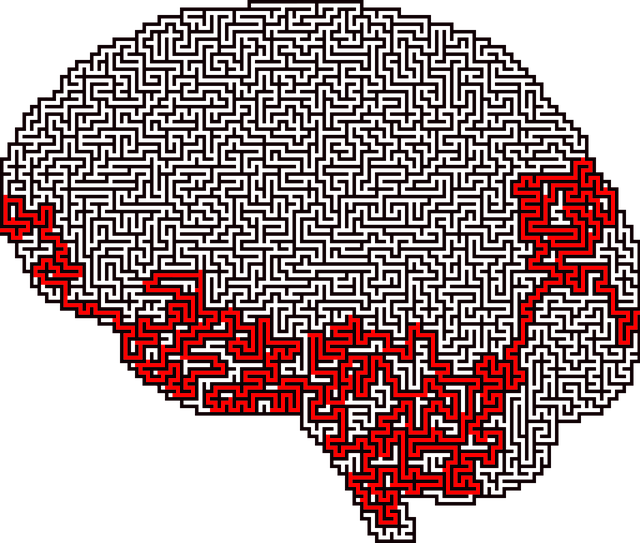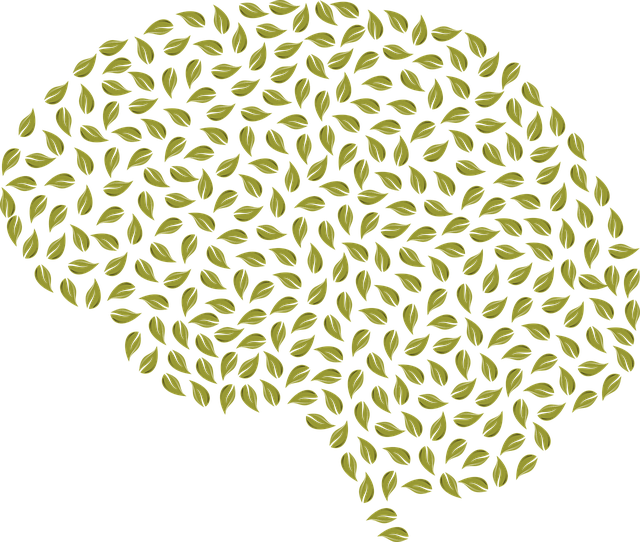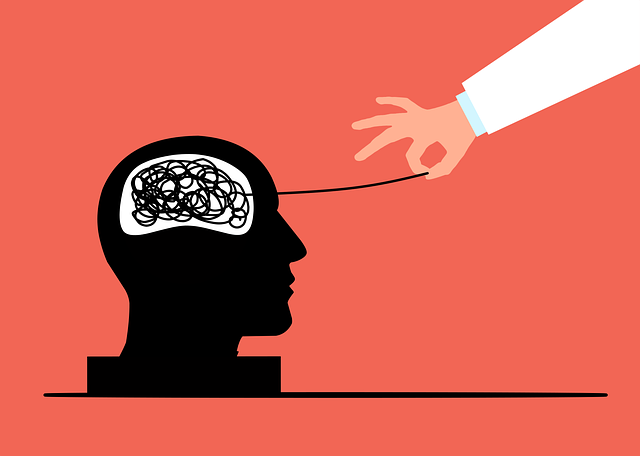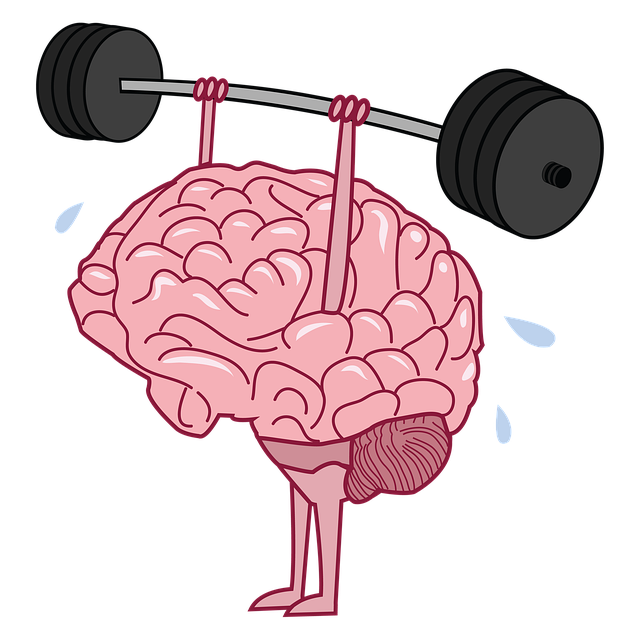Comprehensive risk assessment is essential for safe and effective therapy for neuro disorders. Professionals analyze medication side effects, therapeutic procedures, patient behavior, and environmental factors using various tools. Tailored harm minimization strategies, including regular monitoring, evidence-based practices, and open communication, enhance patient safety and trust. Identifying potential harms and implementing proactive measures like burnout prevention and confidence-boosting techniques are key. A holistic approach, integrating emotional well-being, communication, and continuous reassessments, prepares patients and caregivers for challenges, fostering resilience and positive outcomes in neuro disorder management.
In the realm of neuro disorder therapy, risk assessment and harm minimization planning are paramount. This comprehensive guide delves into the critical components of understanding risk assessment, identifying potential harms, developing effective strategies, and regularly reviewing plans for dynamic adaptation. By exploring these key areas, therapists can enhance patient safety and optimize outcomes in the therapy for neuro disorders. Key focus points include strategic interventions, continuous evaluation, and evidence-based practices aimed at mitigating risks and maximizing benefits.
- Understanding Risk Assessment in Neuro Disorder Therapy
- Identifying Potential Harms and Their Minimization Strategies
- Developing a Comprehensive Harm Minimization Plan
- Regular Review and Adaptation for Effective Risk Management
Understanding Risk Assessment in Neuro Disorder Therapy

Understanding Risk Assessment is paramount in Therapy for Neuro Disorders. It involves a thorough evaluation of potential hazards and their possible impacts on patients’ well-being during treatment. This process includes identifying risks related to medication side effects, therapeutic procedures, patient behavior, or even environmental factors within the therapy setting. Mental health professionals employ various tools and frameworks to assess these risks, ensuring they are managed proactively. By conducting comprehensive risk assessments, therapists can implement tailored harm minimization strategies, enhancing patient safety and boosting confidence in their care.
Effective Risk Management Planning for Mental Health Professionals is a cornerstone of quality neuro disorder therapy. This involves developing proactive measures to mitigate identified risks. Strategies may include regular monitoring of patient progress, implementing evidence-based practices, and fostering open communication channels. Moreover, Burnout Prevention Strategies for Healthcare Providers are integral to maintaining therapists’ well-being, ensuring they can offer consistent and effective care over the long term. Confident practitioners, equipped with robust risk assessment skills, contribute significantly to positive patient outcomes and the overall success of neuro disorder therapy.
Identifying Potential Harms and Their Minimization Strategies

Identifying potential harms is a critical step in risk assessment and harm minimization planning. For therapy for neuro disorders, this process involves recognizing various risks associated with specific treatments or environments. These could range from physical side effects to psychological setbacks. Once identified, strategies can be put in place to minimize these risks. For example, in the context of depression prevention, regular monitoring and support systems can help mitigate risks of relapse. Similarly, burnout prevention strategies for healthcare providers often include structured work-life balance initiatives aimed at safeguarding their well-being.
Confidence boosting techniques are another essential harm minimization tool, particularly relevant during therapy sessions. By empowering patients with self-assurance, therapists can enhance adherence to treatment plans and improve overall outcomes. This proactive approach not only reduces potential harms but also fosters a positive therapeutic environment. In essence, effective harm minimization planning involves a multifaceted strategy tailored to the unique needs of individuals seeking therapy for neuro disorders.
Developing a Comprehensive Harm Minimization Plan

In developing a comprehensive harm minimization plan for therapy for neuro disorders, healthcare professionals must take a multifaceted approach. This involves not only identifying potential risks but also implementing strategies that promote positive thinking and emotional intelligence. By integrating communication strategies into the care process, therapists can ensure patients feel heard, understood, and supported throughout their journey.
A robust harm minimization plan should anticipate various challenges and equip both patients and caregivers with effective coping mechanisms. This includes fostering open dialogue, teaching emotional regulation techniques, and encouraging proactive communication. Enhancing these skills not only minimizes potential harms but also empowers individuals to navigate the complexities of neuro disorder management with greater resilience and a positive outlook.
Regular Review and Adaptation for Effective Risk Management

In the dynamic landscape of therapy for neuro disorders, effective risk assessment and harm minimization planning are not one-time events but ongoing processes that demand regular review and adaptation. This iterative approach ensures that interventions remain relevant, responsive, and tailored to the evolving needs of individuals with neurological conditions. A robust strategy includes periodic reassessments, during which practitioners examine the success or areas for improvement in previously implemented strategies. These reviews facilitate a nuanced understanding of risk factors, enabling dynamic adjustments to harm minimization plans.
By integrating Mental Health Education Programs Design into therapeutic frameworks and promoting Coping Skills Development, professionals can empower individuals with neuro disorders to proactively manage their conditions. This proactive approach not only enhances overall mental health but also serves as a Depression Prevention measure, fostering resilience and adaptability in the face of life’s challenges. Through regular review and adaptation, risk management becomes a dynamic, patient-centered process that supports long-term well-being.
In the realm of therapy for neuro disorders, implementing robust risk assessment and harm minimization planning is paramount. By understanding the potential risks, identifying harms, and developing comprehensive strategies, healthcare professionals can ensure safe and effective treatments. Regular review and adaptation of these plans are essential to navigate the evolving landscape of patient care, ultimately enhancing outcomes and fostering a supportive environment for those navigating neurodisability.











